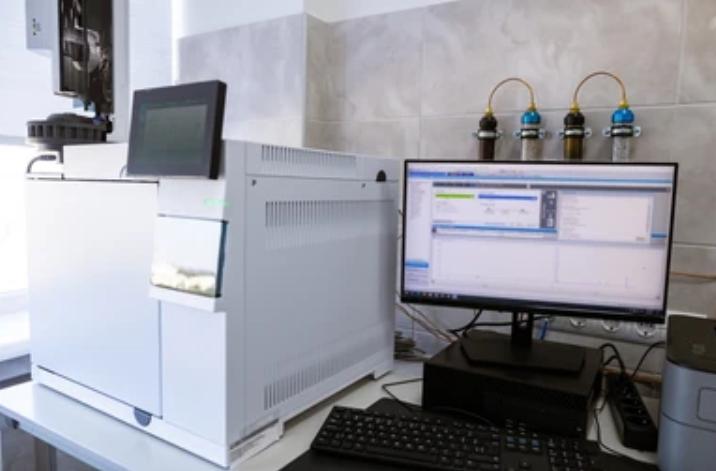Conjugated Payload Quantitative Analysis
Online Inquiry
The level of conjugated payload is generally considered as a valuable indicator related to ADCs efficacy and toxicity. Creative Proteomics employs a variety of advanced techniques to accurately quantify and visualize the spatial distribution of free small molecule drugs and these associated metabolites with drug structures in plasma after drug administration. Our extensive expertise combined with these valuable research tools can help clients better elucidate the dose-effect relationship for safety and efficacy evaluation of ADCs.

Introduction of Conjugated Payload
The payload is the active ingredient of the drug, which is conjugated to a target-specific monoclonal antibody via a covalent linker molecule to produce the ADC. The potency of an antibody-drug conjugate (ADC) is dictated by the final concentration of its cytotoxic payload in tumor cells and tissues. In an in vivo system, unconjugated payloads refer to the payload forms deconjugated in plasma or target tissues post-dosing. Plasma level of unconjugated payload closely correlates with off-target toxicities. Intra-tissue distribution of unconjugated payload is of great importance in understanding efficacy and toxicity of ADCs.
Conjugated Payload Quantitative Analysis Strategy at Creative Proteomics
Creative Proteomics offers one-stop solutions for payload analysis, including sample preparation and conjugate payload quantification. Our comprehensive analytical services provide valuable insights into the pharmacokinetic studies as well as the overall efficacy of these therapies. Below are our strategies and robust service capabilities for payload analysis of ADCs:
Sample preparation
Due to the structural complexity and diversity of ADCs, a proper sample preparation procedure is essential for accurate quantification and analysis of the payload. Our experienced bioanalytical experts can select the correct method for sample preparation based on the characteristics of the samples provided by the customer, ensuring highly accurate results. Our strategy for sample preparation includes the following:
- For ADCs with cleavable linkers, conjugated payload is quantified after isolation of small molecules from proteins and then linker cleavage.
- For the ADC utilizing an enzyme-sensitive dipeptide Val-Cit linker (e.g., brentuximab vedotin), the release of payload can be achieved by digestion with proteases such as cathepsin B and papain.
- For the ADC with a disulfide bond linker, reducing agent such as DTT and TCEP is employed for cleavage.
- For plasma free small molecule drugs and these associated metabolites with drug structures, protein precipitation and/or solid-phase extraction was performed to remove plasma proteins prior to LC-MS/MS quantification.
- If quantification of drug-related metabolites is required, our scientists first identify these in vivo metabolites and prepare their standards. As soon as the structures of the major catabolic metabolites have been determined and stable isotope-labeled internal standards or mimetic molecules have been synthesized, we use LC-MS/MS-based analytical methods for non-clinical and clinical studies of small molecule catabolites.
Conjugated payload analytical techniques
Creative Proteomics utilizes advanced LC-MS/MS based detection technology. Our LC-MS technology with high sensitivity characteristics can quantify uncoupled payloads at very low concentrations in vivo, making it highly valuable. In addition, our coupling of LC with high-resolution MS can be used to identify payload-related metabolites.
Advantages of Our Conjugated Payload Quantitative Analysis
- Customized sample preparation methods based on ADC sample characteristics.
- Comprehensive test reports and professional data interpretation in conjunction with other analytical programs.
- The conjugate payload analysis service is performed in conjunction with the stability assessment of the analyte in the presence of ADCs to avoid interference and impact on free drug analysis due to the release of small amounts of drug from ADCs during storage.
Creative Proteomics is committed to providing professional assays and data analysis services to help clients quantify conjugated payload levels in vivo following ADC administration, facilitating the assessment of ADC efficacy and toxicity. Contact us to learn more about our service and we will be happy to serve you.

